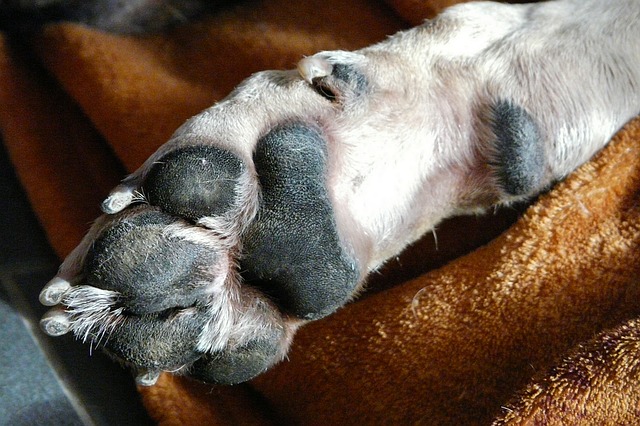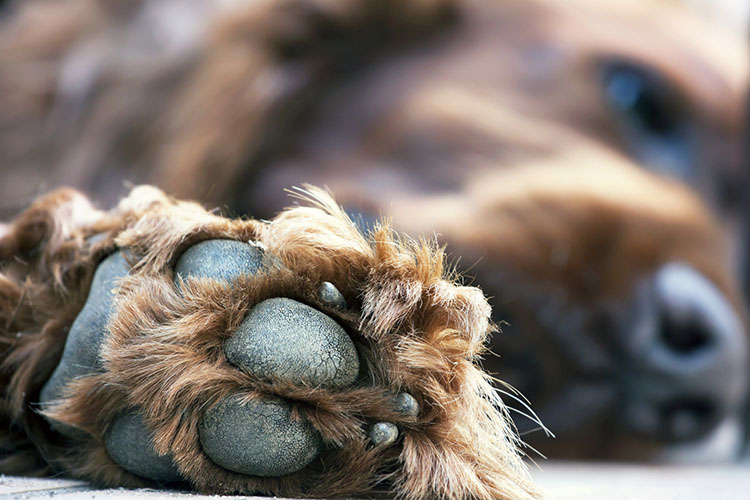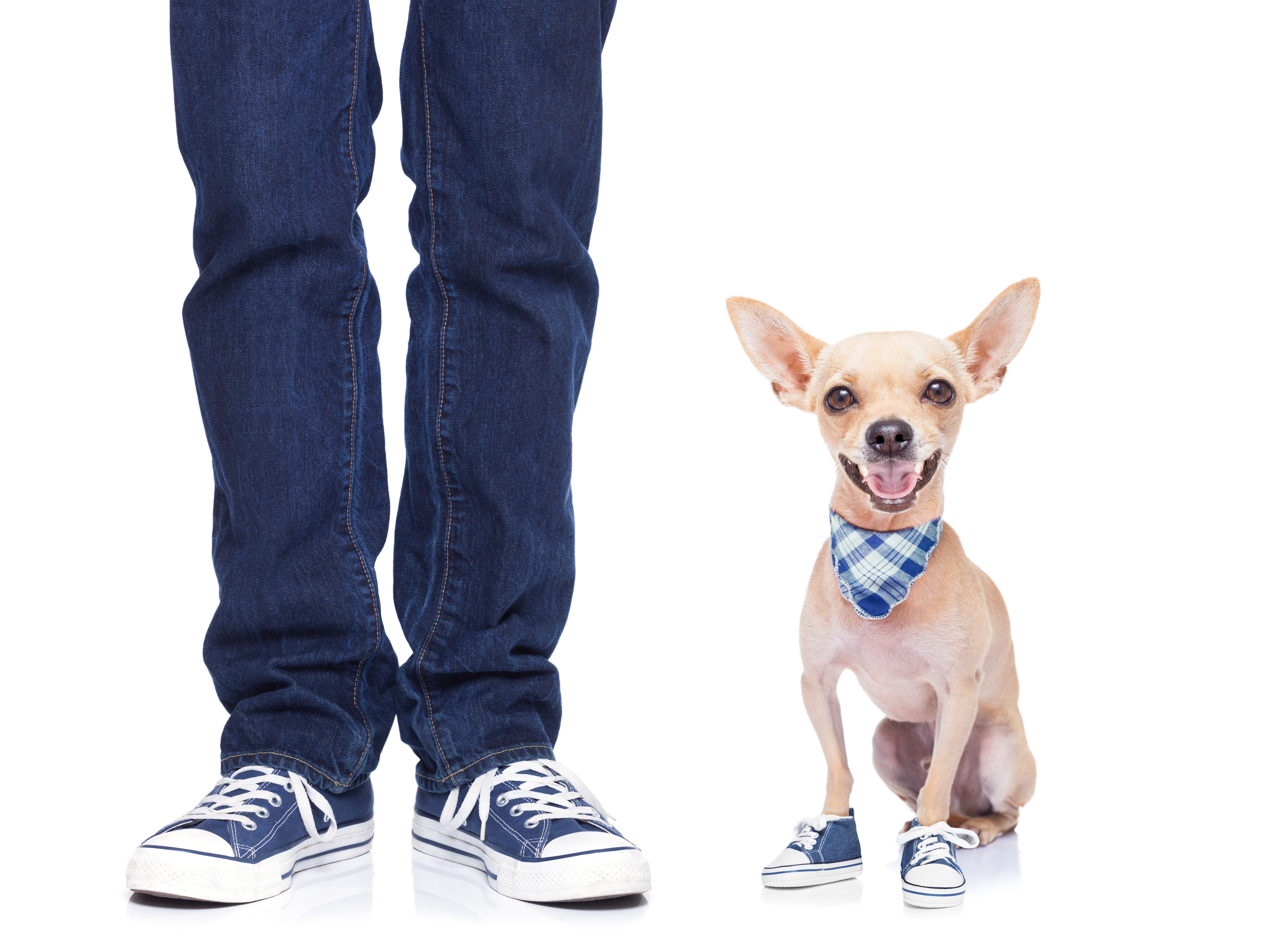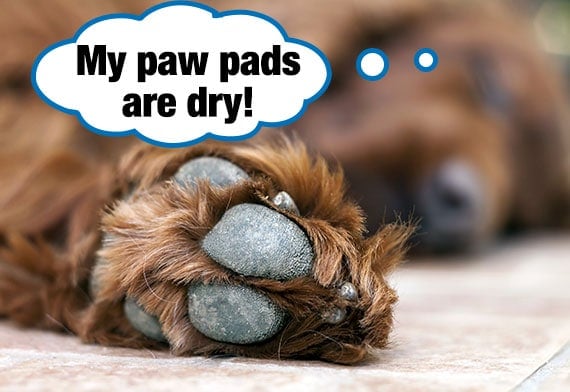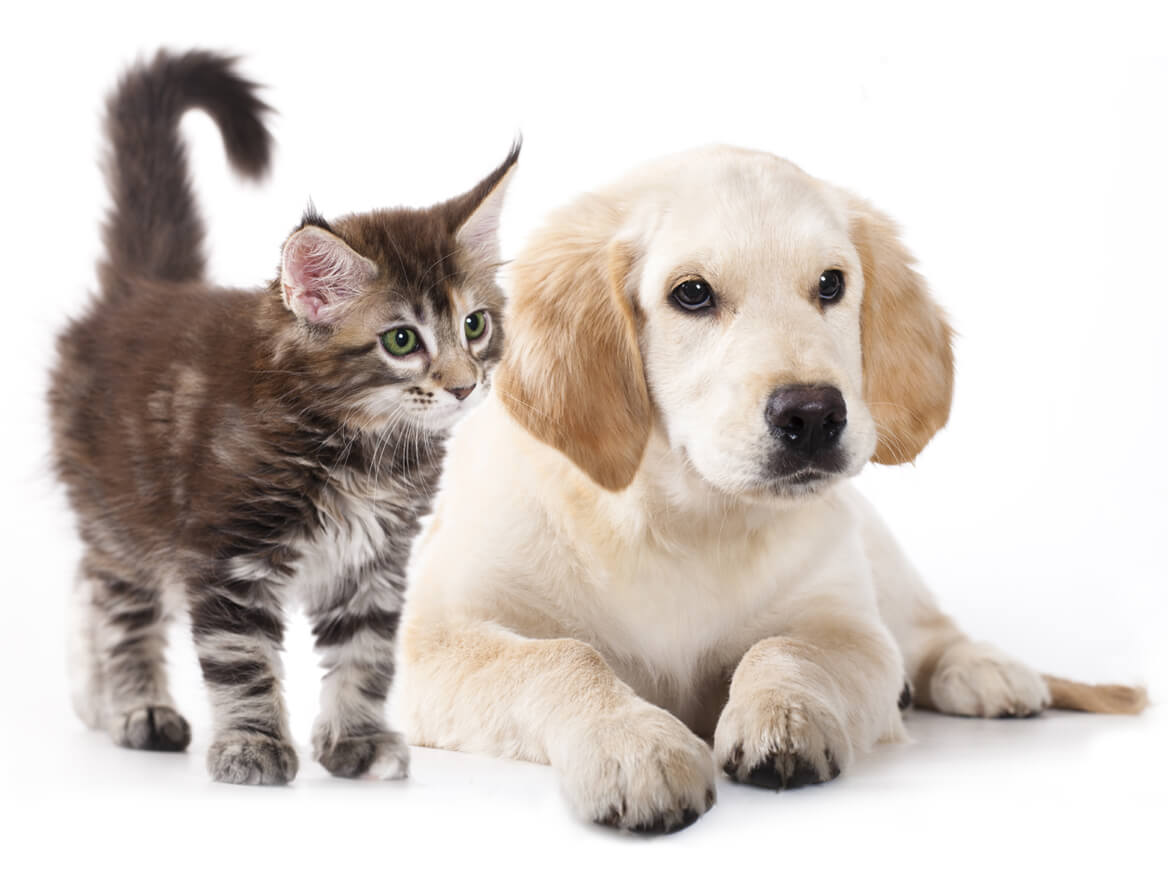Dog Corns On Pads Treatment

Following successful treatment corns may return if the affected area continues to be irritated by friction or pressure.
Dog corns on pads treatment. However preventing digital pad pressure during. Corns in dogs keratomas and hyperkeratosis are a thickening and hardening of a dog rsquo s skin around the paws or nose resulting in painful calluses and cracking with possibility of severe infection. Corns are keratin calluses on the front center paw pads such as under the second toe bone which lacks subcutaneous tissue or padding. Hulling the corn is often the first course of treatment considered and this involves the vet using a blunt hooked tool to pry the corn out of its bed and free it from the pad.
Treatment of corns in dogs. The cost of treating corns in dogs. Corns generally are caused by walking incorrectly or on very hard surfaces. The hardened skin that forms is rough and uncomfortable and can cause pain for humans.
Others have found success using bag balm and applying tea tree oil to the site of the corn itself. For surgery including anesthesia removal of corn and after care bandage placement etc the average cost can run you the owner around 800 1300 per corn that is removed. A prevalence of around five to six per cent in retired greyhounds has been reported in the literature lord et al 2007 making it the most common dermatologic condition among this group of dogs. Greyhound whippet and lurcher.
The ideal treatment of corns typically involves their surgical removal though a great many methods have been described and few studied in much detail. Protect corns from making contact with your shoe. While this leaves a small hole in the pad once the corn is removed the pain and discomfort will be immediately eased for your dog. All of these causes and symptoms are also relevant to dogs.
This treatment serves to keep the pad and corn as soft as possible thereby alleviating pain. Diagnosis of corns in dogs. A common treatment for corns is their removal with a small curette or scalpel followed by smoothing with a pumice stone and the application of salicylic acid pads or ointments. Sometimes treating dog foot corns works similar to that of human treatments in which the area around the corn is softened in order to pluck the corn with the use of tweezers.
After lots of walking on tough surfaces your dog may develop a corn on its foot pad. Seek immediate care from a veterinarian for a quick diagnosis. Another method for treating dog foot corns would be to file the corn down to reduce its protrusion and the outward pressure on the dog s pad. Tea tree oil is poisonous to dogs so it should only be used on dogs who can be prevented from licking their paw pads.

